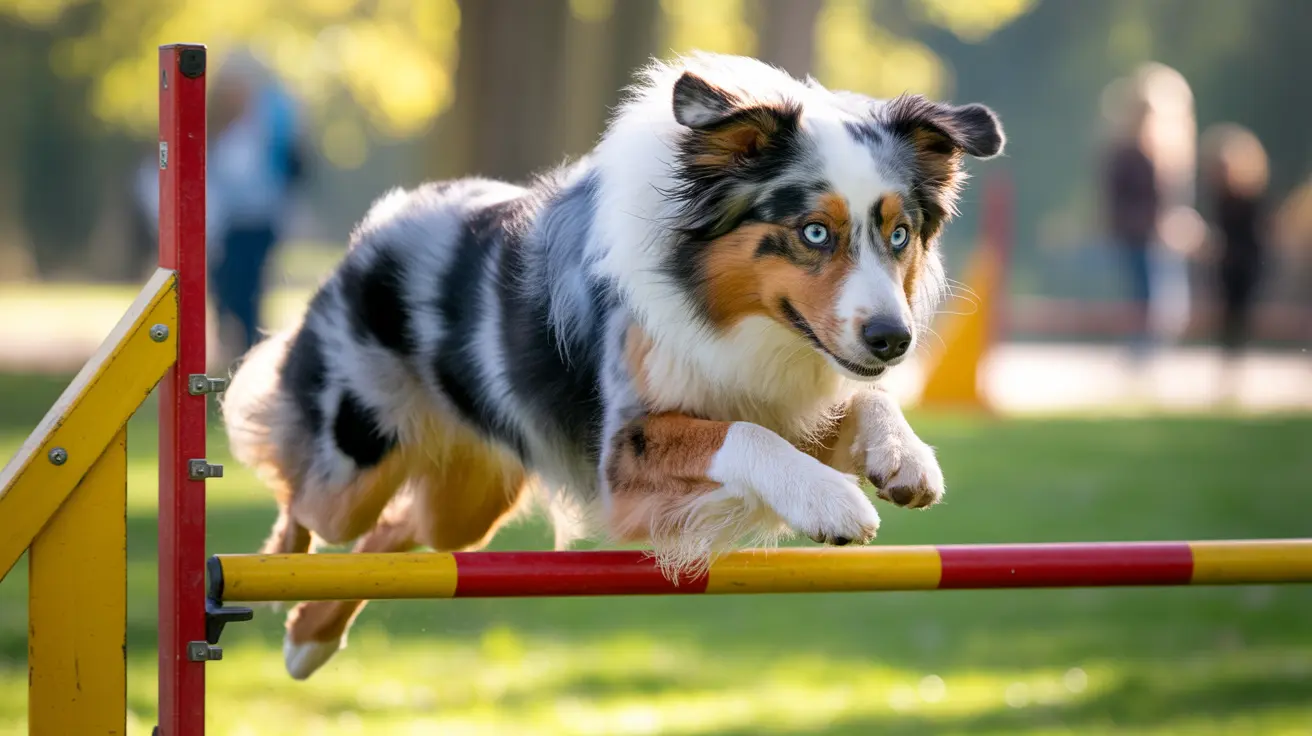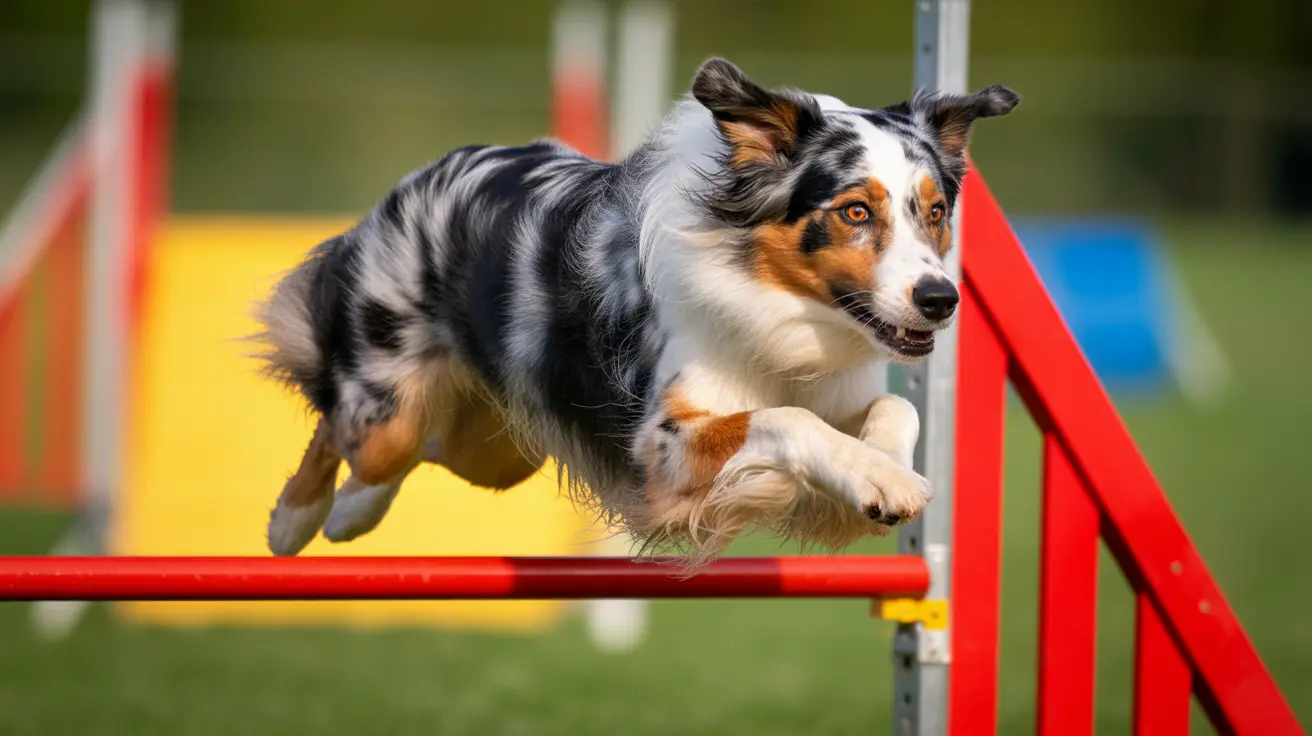For every dog owner, understanding the intricacies of the canine heat cycle is crucial for responsible pet care and management. Whether you're a first-time dog owner or an experienced breeder, knowing what to expect during your female dog's reproductive cycle can make a significant difference in providing appropriate care and preventing unwanted pregnancies.
The dog heat cycle, also known as the estrous cycle, is a natural biological process that occurs regularly in unspayed female dogs. This comprehensive guide will walk you through everything you need to know about managing your dog's reproductive health, from recognizing the first signs of heat to understanding the various phases and implementing effective care strategies.
The Basics of the Dog Heat Cycle
Female dogs typically experience heat cycles approximately twice per year, though the frequency can vary significantly based on breed, size, and individual factors. The average dog heat cycle length spans about seven months, with intervals ranging from four to twelve months between cycles. Each cycle is characterized by distinct physical and behavioral changes that owners should be aware of to provide optimal care during each stage.
Understanding the Four Main Phases
1. Proestrus Stage
The proestrus stage marks the beginning of the heat cycle and typically lasts 7-10 days. During this phase, you may observe initial signs that your dog is entering heat. These often include:
- Swollen vulva
- Bloody vaginal discharge
- Increased attention from male dogs
- Possible behavioral changes
Alongside these physical indicators, your dog may seem more affectionate or, conversely, slightly irritable. Most female dogs are not receptive to mating at this early stage.
2. Estrus Stage
The estrus stage represents the fertile period, lasting from 3 to 21 days. During this time, your dog becomes receptive to mating and exhibits noticeable changes:
- Softening of the vulva
- Lighter-colored discharge
- Receptiveness to male attention
- Distinct mating behavior
Owners should closely supervise their dogs during estrus to prevent accidental mating if breeding is not desired. This is when successful conception is most likely to occur.
3. Diestrus Stage
Following estrus, the diestrus stage occurs, regardless of whether your dog becomes pregnant. This period typically lasts about two months. In this phase:
- Heat symptoms subside
- Hormonal changes continue
- The body either supports pregnancy or returns to normal
During diestrus, some dogs may experience behavior or physical changes similar to pregnancy even if they are not pregnant, a condition known as false pregnancy.
4. Anestrus Stage
The final phase is anestrus, a resting period lasting four to five months. This stage allows the reproductive tract to recover and prepare for the next cycle. Key features of anestrus include:
- The reproductive tract recovers
- No signs of heat are present
- The body prepares for the next cycle
This long resting stage is crucial for your dog's overall reproductive health, providing a break between active cycles.
Recognizing Signs of Dog in Heat
Physical Indicators
Being able to identify the signs that your dog is in heat is essential. Watch for these common symptoms:
- Enlarged and sensitive vulva
- Bloody or pinkish discharge
- Changes in vulva coloration
- Increased urination
Physical changes can vary in intensity from dog to dog, so getting familiar with your own dog's typical symptoms will help you detect the onset of heat sooner.
Behavioral Changes
Behavioral shifts are common during the heat cycle. These may include:
- Restlessness or anxiety
- Increased alertness
- More frequent urination
- Changes in appetite
- Heightened interest in male dogs
Your dog might pace more often, seek extra attention, or even try to escape to find a mate. Understanding and managing these changes helps keep her safe and comfortable.
Managing Your Dog During Heat
Effectively managing your dog during her heat cycle is key to her comfort and to preventing unwanted mating. Consider the following practices:
- Use specially designed dog diapers for heat: These help control discharge and keep your home clean.
- Maintain strict supervision during outdoor activities: Dogs in heat can be determined to find a mate; always keep her on a leash and never leave her unattended outside.
- Keep your dog separated from intact males: This reduces stress for both animals and eliminates the risk of accidental breeding.
- Monitor behavioral changes closely: Noting shifts in mood or behavior gives early warning of each phase of the cycle or potential health concerns.
- Maintain regular cleaning routines: Frequent bedding and home cleaning ensures a hygienic environment for your dog during heat.
With proactive management, you can help your dog navigate her cycle safely and with minimal stress.
Spaying Considerations
Deciding to spay your dog is an important decision with long-term benefits for both pet and owner. Spaying is a surgical procedure that removes a female dog's ovaries and often the uterus, thereby preventing heat cycles and pregnancies. Benefits of spaying include:
- Prevents unwanted pregnancies
- Reduces risk of certain cancers, such as mammary and uterine tumors
- Eliminates heat cycle management needs
- Can improve overall health outcomes
- May reduce unwanted behaviors associated with heat, like roaming and vocalizing
Consult your veterinarian to determine the best age and timing for spaying your dog, as some risks are associated with spaying during an active heat cycle due to increased blood flow to the reproductive organs.
Frequently Asked Questions
- What is a dog's heat cycle?
- A dog's heat cycle is the reproductive period when a female dog becomes fertile and can mate. It is marked by physical and behavioral changes that indicate fertility.
- How often do female dogs go into heat?
- Most female dogs begin their heat cycle about every six months, but timing can vary according to breed, size, and individual health status.
- What are the main stages of a dog's heat cycle?
- The heat cycle includes proestrus (preparation), estrus (fertile phase), diestrus (post-fertility), and anestrus (rest).
- How long does a dog stay in heat?
- A typical heat lasts two to three weeks, though this can be shorter or longer for some dogs.
- What are common signs a dog is in heat?
- Signs include swelling of the vulva, bloody or light-colored vaginal discharge, frequent urination, and behavioral shifts such as restlessness or seeking male dogs.
- Can dogs get pregnant during their first heat?
- Yes, dogs are capable of becoming pregnant during their first heat cycle, which is why supervision and preventative care are important from an early age.
- How can I manage my dog during heat?
- Use specially designed dog diapers, closely supervise outdoor activities, separate her from male dogs, and maintain hygiene to manage the cycle effectively.
- Is it safe to spay a dog during heat?
- Spaying during heat is possible, but the procedure is often riskier due to increased vascularity of the reproductive organs. Always consult your veterinarian to determine the best timing for spay surgery.
- What are the benefits of spaying a female dog?
- Spaying eliminates the risk of unwanted pregnancy, reduces certain health risks like mammary cancer and uterine infections, and removes the stress of managing the heat cycle.
- Are swollen vulva and bleeding always signs of heat?
- These are main indications of heat, but similar symptoms can appear with infections or health issues. If you notice abnormal patterns or if the signs persist longer than expected, a veterinary consultation is recommended.
Understanding and properly managing your dog's heat cycle is an essential aspect of responsible dog ownership. By staying informed and prepared, you can ensure your pet's comfort and health throughout each phase while preventing unwanted pregnancies. Remember to consult with your veterinarian for personalized advice based on your dog's specific needs and circumstances.






